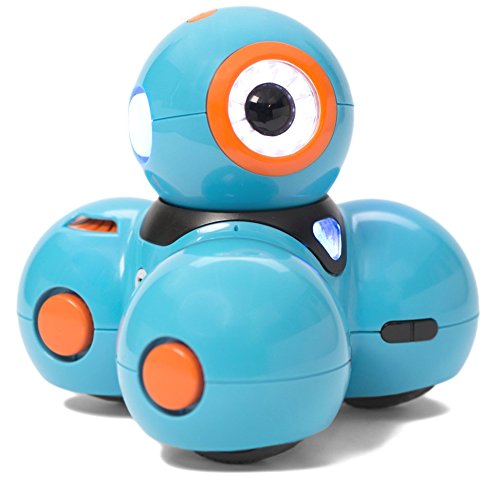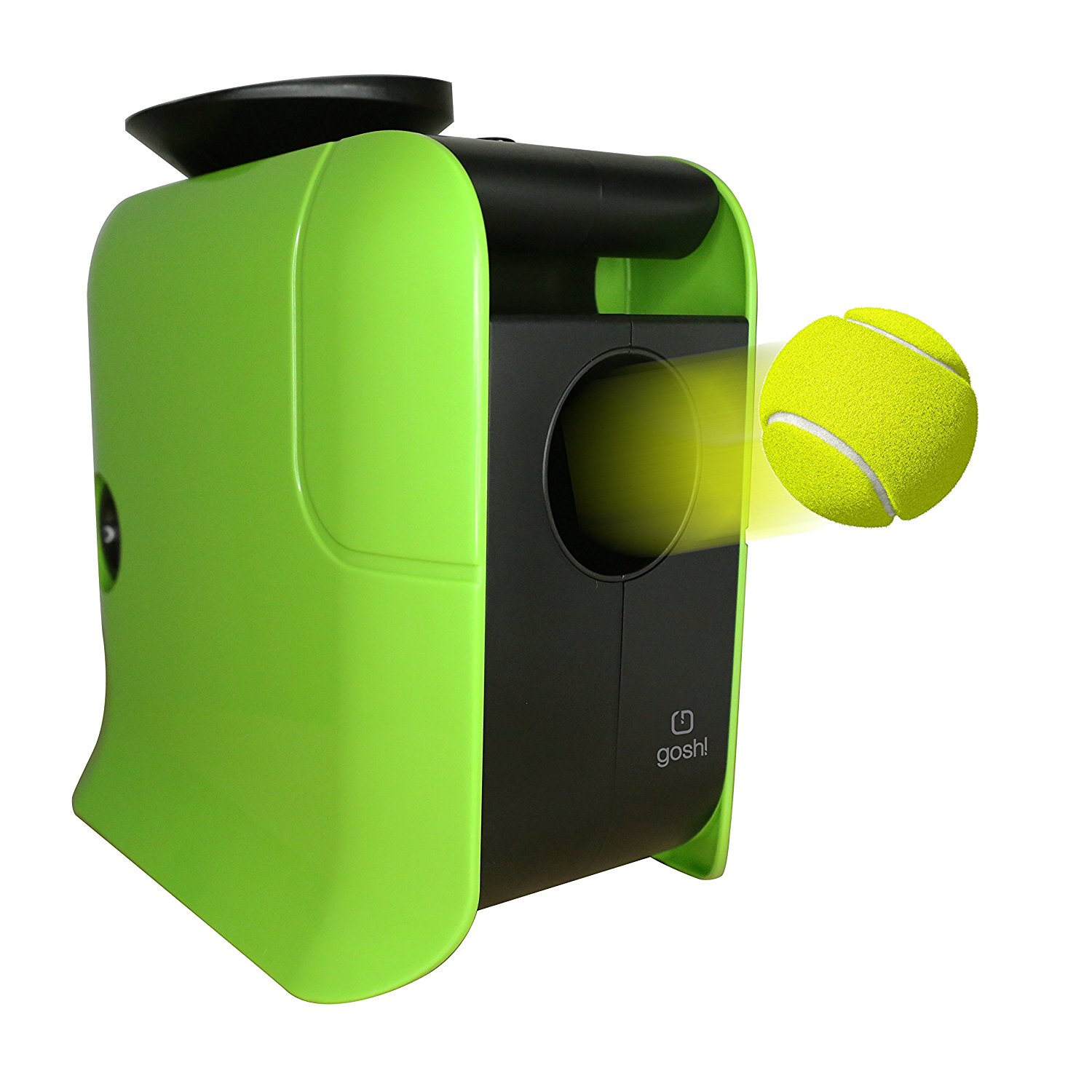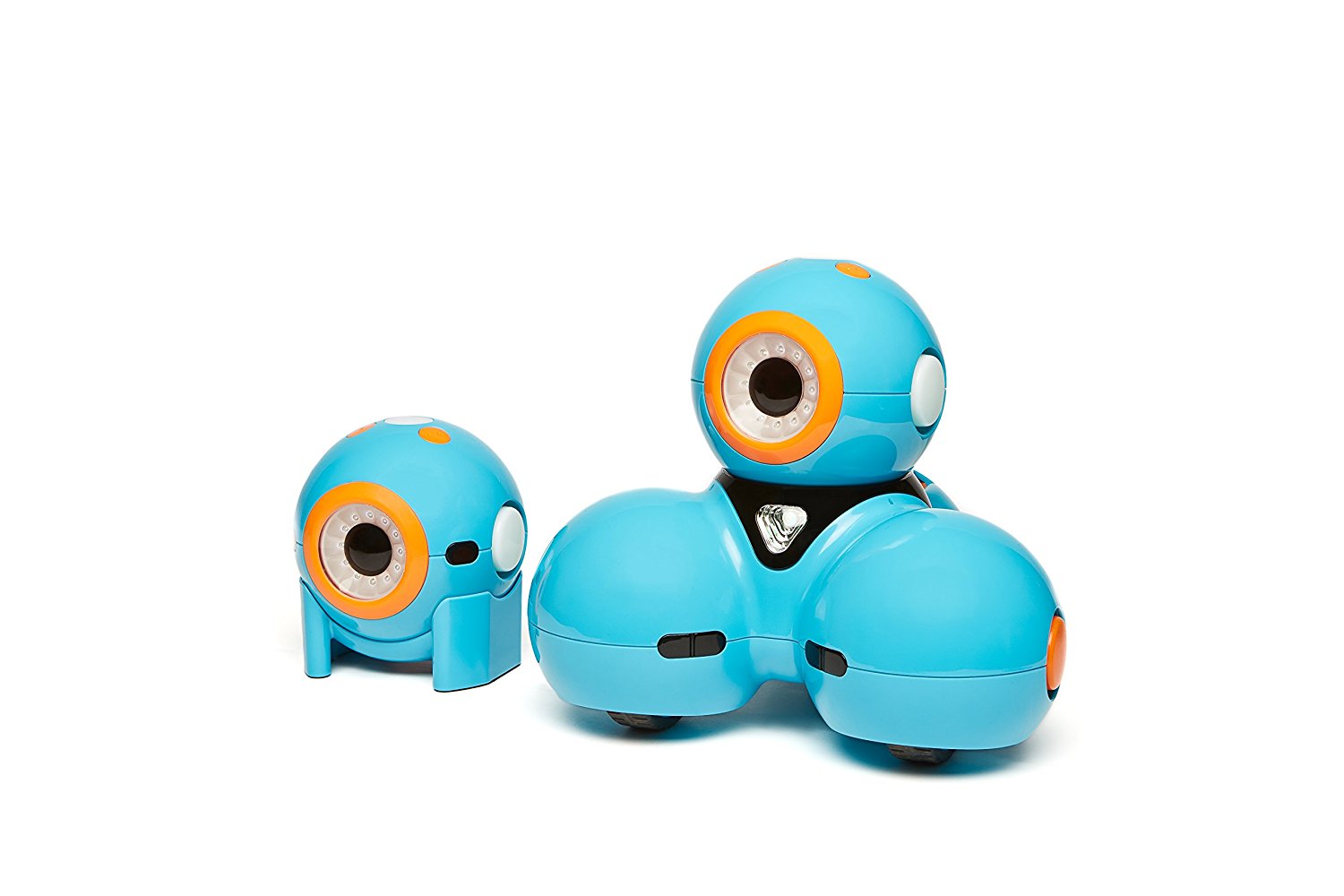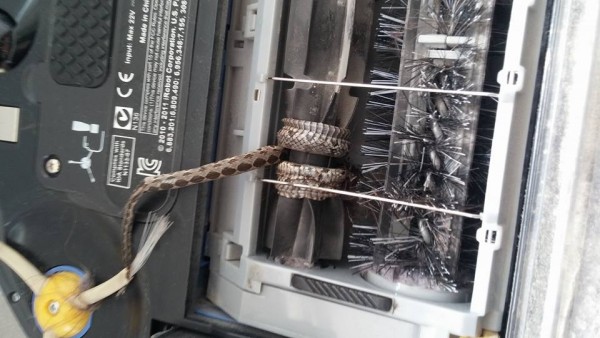Long time Sci-Fi fans like myself have all yearned for the day when we have robots to perform menial task for us and we can just sit around being drip-fed Cheetos and surfing the internet in our brains. We already have robots that pick our strawberries, dance and save people from drowning, each of which could conceivably replace humans in the future. But Chris Eckert’s Gimme takes it a step further, replacing something that most of us would rather do without.
Gimme is, in effect, a begging robot. The idea for the sculpture arose when Eckert began examining his own feelings about the panhandlers he met on his daily jogs. He says that ‘We invariably meet homeless people, often groups, and it inspires a wide variety of emotions: sympathy, fear, anger’. When asked to solicit funds for the San Jose Institute of Contemporary Art, he realized that he would be inspiring those same feelings in his friends, family and colleagues. So he created Gimme, which follows viewers around the room ‘relentlessly requesting donations’. By removing the human element, Eckert found that he was able to get those donations with a minimum of guilt on both sides. However, he didn’t get very much, raising only $5.64, 2 M&Ms and a 10-cent IOU.
While Eckert’s sculpture is not intended as a prototype for a future filled with robot beggars, it raises questions about the different ways we interact with humans and machines. Why would we be more willing to give money to a swiveling eye on a stick than to another human being? Aside from the obvious novelty factor, it probably has a lot to do with the fact that when we meet a panhandler on the street, we instantly know that ‘they’e but for the grace of God go I.’ Other people are people just like you or me, with their own hopes, dreams and aspirations … all of which can be shattered at random. It is those very emotions of sympathy, fear and anger that are important; they show that we can still relate to each other’s human needs. No amount of sensor arrays can duplicate that.












